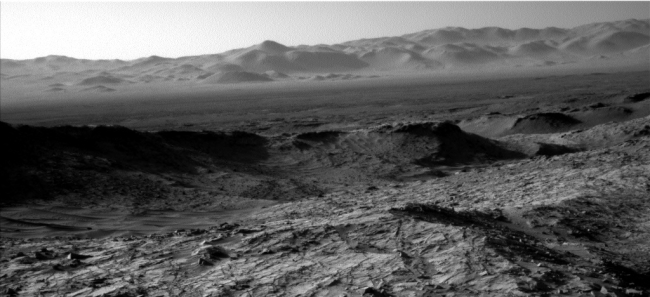Fifteen-year-old pilot wins 250K at drone race
A fifteen year old has taken the top prize in the first World Drone Prix, held in Dubai on March 11 and 12.
Some 150 teams, hailing from all around the globe, started out in the World Drone Prix. Entrants were able to remotely qualify for the event via an American Idol-style submission video. Then, at an indoor qualifying track at Skydive Dubai, this number was whittled down to 32. The field then pitted their drones against one another on an outdoor, 591-m (646-yd) race track. The illuminated course tempts the more audacious competitors with Mario Kart-style shortcuts and makes for quite a spectacular setting with Dubai’s towering skyline in the background.
The 32 was cut down to a round of 16, followed by semi finals and then a grand finale on Saturday night. Bannister’s Tornado X-Blades Banni UK team claimed first place in the final, beating out Dubai Drone Tek, VS Meshcheriakov and Dutch Drone Race Team SQG , whose hauls of $125,000, $50,000 and $25,000, respectively, aren’t exactly pocket change either. By way of comparison, and to demonstrate how the sport has exploded in popularity, last year’s inaugural US Drone Racing National Championship offered a total purse of $25,000.
Be sure to check out the video at the link.
A fifteen year old has taken the top prize in the first World Drone Prix, held in Dubai on March 11 and 12.
Some 150 teams, hailing from all around the globe, started out in the World Drone Prix. Entrants were able to remotely qualify for the event via an American Idol-style submission video. Then, at an indoor qualifying track at Skydive Dubai, this number was whittled down to 32. The field then pitted their drones against one another on an outdoor, 591-m (646-yd) race track. The illuminated course tempts the more audacious competitors with Mario Kart-style shortcuts and makes for quite a spectacular setting with Dubai’s towering skyline in the background.
The 32 was cut down to a round of 16, followed by semi finals and then a grand finale on Saturday night. Bannister’s Tornado X-Blades Banni UK team claimed first place in the final, beating out Dubai Drone Tek, VS Meshcheriakov and Dutch Drone Race Team SQG , whose hauls of $125,000, $50,000 and $25,000, respectively, aren’t exactly pocket change either. By way of comparison, and to demonstrate how the sport has exploded in popularity, last year’s inaugural US Drone Racing National Championship offered a total purse of $25,000.
Be sure to check out the video at the link.




